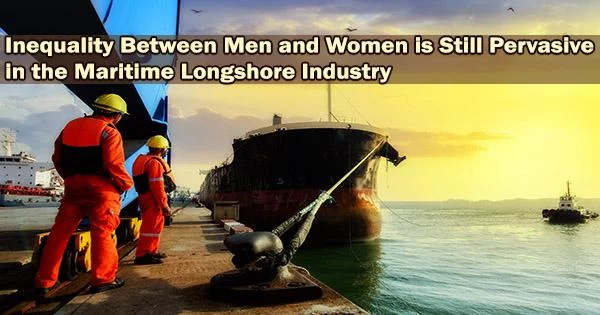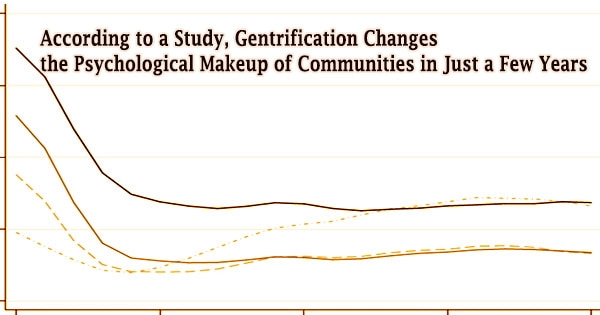Over the past 100 years, gender equality has advanced significantly. There are over 3.5 times as many working women in Canada today as there were in the 1950s. Women participate in the job market at significantly higher rates than they did in the past.
There are now significantly more women working in sectors that have historically been dominated by men. For instance, from 2006 to 2016, the proportion of female medical residents choosing orthopedic surgery residencies rose by 111%. In addition, women’s representation in STEM fields has increased over the past several decades.
Despite these advancements in some traditionally male-dominated fields, women still find it challenging to enter other professions. Women’s lack of access is typically justified by the fact that many jobs in these industries are filthy, dangerous, and physically demanding, and their employment participation is frequently focused in less physically demanding jobs.
But what about professions that have become cleaner and less physically taxing over the years?
Our upcoming study in Research in the Sociology of Organizations disproves the notion that these positions would be more welcoming to women, as was the case with police work in the UK.
The longshore profession
For our study, we looked at the longshore profession (people who manage the transfer of shipped goods at docks) in France over seven decades. What we found was surprising: Less women were visible on the docks as jobs became safer, cleaner, and less physically demanding.
In fact, there are fewer women working on the French harbors today than there were 70 years ago: As our interviewees note, there are exactly none. Longshore employees in France are not the only ones who are female; just 5% of longshore workers in British Columbia and 1.2% of all seafarers worldwide are female.
To understand why, we must go back 50 years. Before 1968, women were allowed to work as longshoremen in France, but they were only allowed to do “women’s jobs” like sew and fix bags that carried products or clean warehouses.
Men, on the other hand, handled heavy freight directly, making them a higher status occupation as they had to deal with both goods and boats. Women who stayed inside the warehouse and had little direct contact with shipped goods were assigned lower-status tasks. Women received lower pay as a result of the obvious division of labor.
Justifying discrimination
Women were typically seen by longshoremen as either being too delicate and frail to work on the docks or as being too distracting to work side by side with men. They justified their exclusion of women based on classic gender essentialist arguments: Women were not as strong as men and would be put off by the grueling nature of working in the ship holds.
Beginning in 1970, cargo containers began to appear in French harbors, and the work that women previously performed vanished as a result of the majority of commodities being carried and stored in containers.
As a result of this increased mechanization, longshore work needed less manual labor and was less hazardous. But mechanization also resulted in fewer longshore jobs overall. Additionally, as the workers’ union grew stronger, wages increased and longshore employment became more desirable and rare.
Men responded by enlisting their sons and other male relatives to assist those who most closely resembled members of their current group. Longshore workers prevented women from entering the field by solely hiring men, despite the fact that the labor gradually grew less physically demanding.
Gender inequality persists
How did these men justify their exclusion of women? We discovered three strategies utilized by longshoremen. First, males asserted that, although physical strength was no longer a barrier, another kind of strength psychological fortitude was still required because their occupations were more stressful than previously.
Second, the idea that women are distractible was used to argue that their presence on the docks would make it harder for men to stand unified and strong against employers who wanted to slash wages and positions.
Third, despite the fact that their jobs no longer required as much physical labor, men decided that every longshoreman needed to be capable of handling both physical and non-physical tasks. This allowed men to once more use the argument that women couldn’t handle the few remaining physically demanding jobs to justify their discrimination.
Hope on the horizon
The longshore profession is not entirely unique in its exclusion of women: For example, as of 2018, only three women work on nuclear submarines in France. In the U.S., as of 2020, less than 8% of truck drivers were women.
According to our knowledge, the only profession in France where women are still underrepresented is the longshore industry. However, we did see hope in the attitudes of younger longshoremen we interviewed some of whom were strongly in support of the arrival of women, though even they noted “it might take one generation of longshoremen or two.”
Since the beginning of labor markets, there has been gender discrimination, and it is still pervasive in many nations and occupations around the world. According to our study, it is very difficult to end discrimination, even though justifications for it may be simple to change.
















